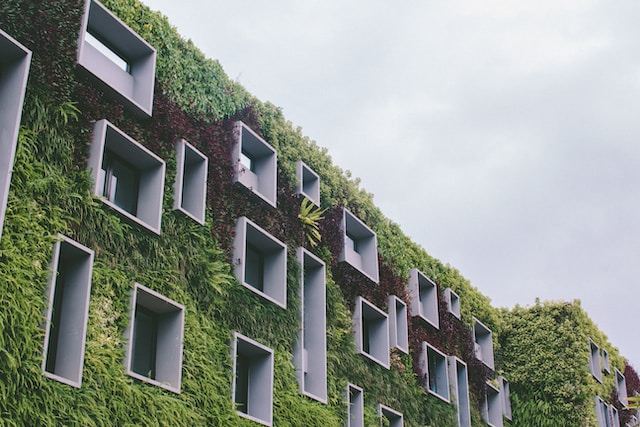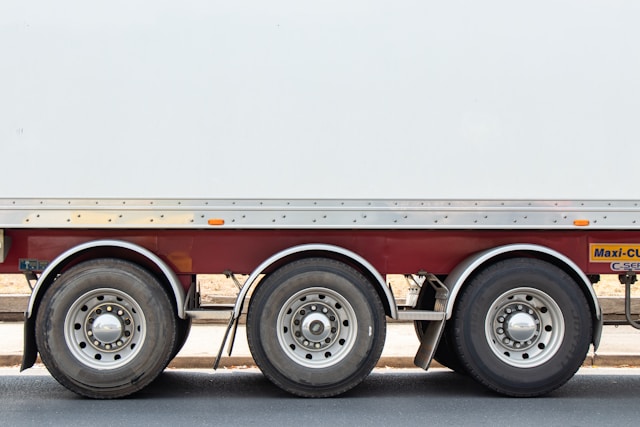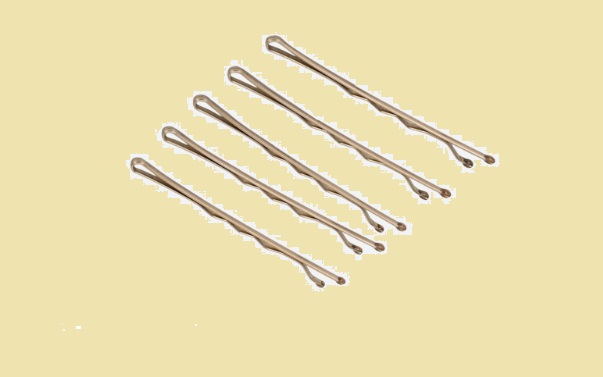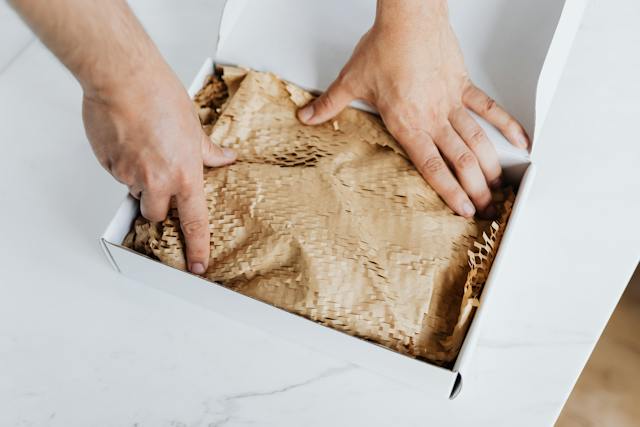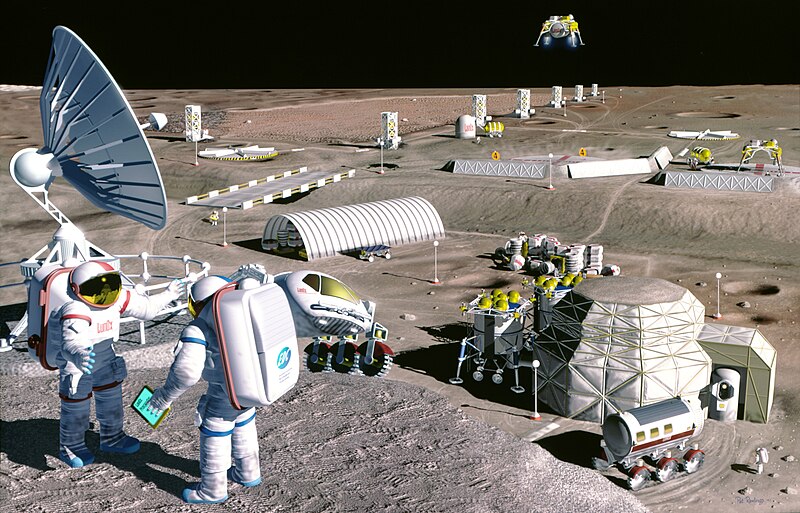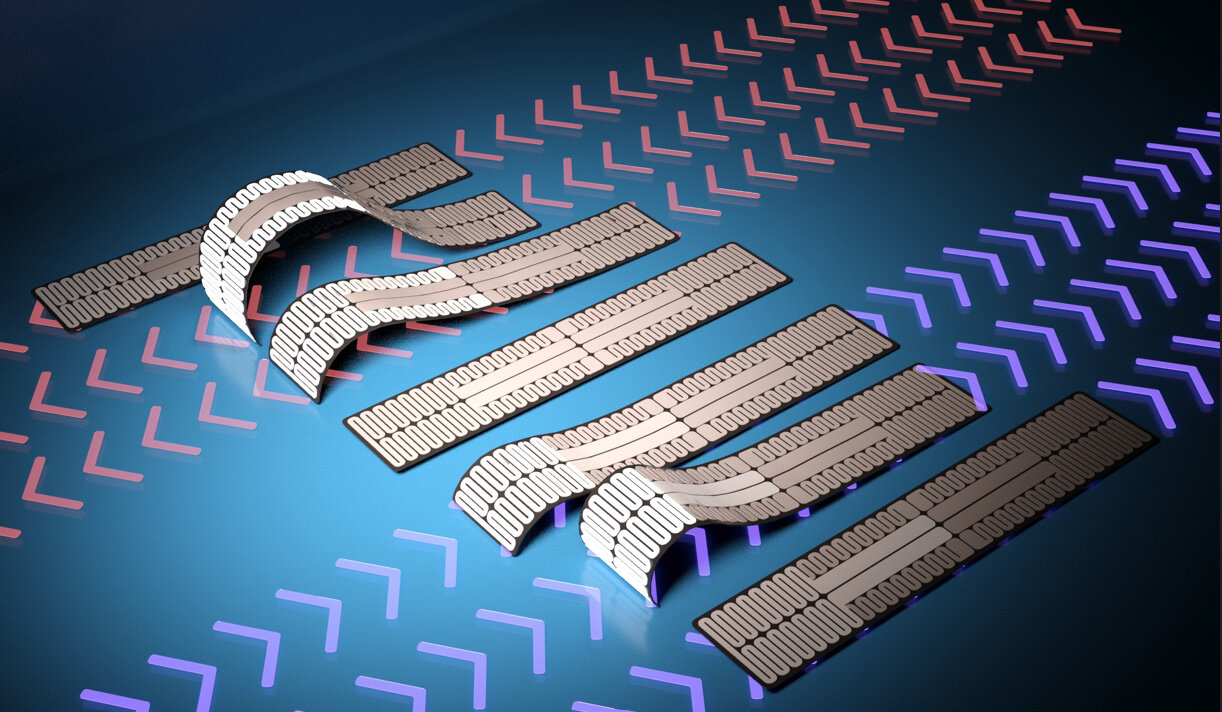Using sustainable home-building practices is one way we can contribute to an eco-friendlier world. This article explores the realm of sustainable home construction. It introduces the Babcock Davis BFRD Fire-Rated Oversized Attic Access Door. This groundbreaking solution boosts energy efficiency and sets new standards for eco-conscious building designs.
Embrace Energy-Efficient Materials
The foundation of sustainable home construction lies in using energy-efficient materials with a lower environmental impact. Opt for eco-friendly alternatives like recycled steel, reclaimed wood, and green insulation. These choices minimize waste and contribute to homes that are kinder to the environment.
Green Building Materials List:
- Recycled Steel: Using recycled steel for structural components reduces waste and conserves energy.
- Reclaimed Wood: Repurposing old wood from demolished structures reduces the demand for new timber and protects forests.
- Bamboo: A rapidly renewable resource, bamboo is an eco-friendly alternative for flooring and furniture.
- Cork: Harvested from cork oak trees, cork is a sustainable option for flooring and wall coverings.
- Straw Bales: Compressed straw bales make excellent insulators and reduce the need for energy-intensive materials.
- Rammed Earth: Constructing walls with rammed earth minimizes using energy-intensive bricks or concrete.
- Hempcrete: Made from hemp fibers and lime, hempcrete is lightweight, non-toxic, and energy efficient.
- Recycled Glass: Using recycled glass products reduces energy consumption during manufacturing.
- Cellulose Insulation: Cellulose insulation, made from recycled cardboard, is an eco-friendly choice for walls, attics, and roofs.
- Sheep’s Wool: Wool insulation is renewable, biodegradable, and offers effective thermal and acoustic performance.
- Solar Reflective Roofing Materials: Cool roofs with reflective surfaces reduce heat absorption and energy consumption.
- Low-VOC Paints and Finishes: Low-VOC paints alternatives improve indoor air quality and lower environmental impact.
- Living Roofs (Green Roofs): Vegetation-covered roofs absorb rainwater, improve insulation, and provide habitat for wildlife.
- Concrete with Supplementary Cementitious Materials (SCMs): SCMs reduce greenhouse gas emissions from concrete production.
- Permeable Pavers: Permeable paving materials allow water infiltration, reducing stormwater runoff.
- Eco-Friendly Countertop Materials: Recycled glass, bamboo, and reclaimed wood make sustainable kitchen and bathroom countertops.
- Water-Efficient Fixtures: Low-flow toilets, faucets, and showerheads conserve water without compromising functionality.
- Energy-Efficient Windows: Windows with low-emissivity coatings and insulated frames improve energy efficiency.
Harness the Power of Solar Energy
Incorporating solar panels into your sustainable home design harnesses the abundant and renewable energy of the sun. Homeowners can reduce utility bills and contribute to a greener energy grid by relying on solar power.
Mindful Water Usage
Installing energy-efficient appliances, low-flow faucets, and harvesting rainwater can help conserve this precious resource and lighten the environmental burden.
Energy-Efficient Appliances
Here is a list of energy-efficient appliances that can help you reduce energy consumption and lower your utility bills:
- ENERGY STAR-Rated: Refrigerators, Dishwashers, Dehumidifiers, Washing Machines, Dryers, Ceiling Fans, Televisions, and Air Conditioners with Energy-Star ratings are more efficient and use less electricity. Features like LED lighting, adjustable temperature controls, sensors, and improved insulation contribute to energy and water savings.
- Induction Cooktops: Induction cooktops use electromagnetic technology to heat pots and pans directly, making them more energy-efficient than traditional gas or electric stovetops.
- Convection Ovens: Look for convection ovens that reduce cooking time and energy usage.
- Tankless Water Heaters: With on-demand water heating, you eliminate the need for a storage tank and reduce energy waste associated with standby heat loss.
- High-Efficiency Furnaces: High-efficiency furnaces use advanced technology to convert more fuel into heat, reducing energy consumption and heating costs.
- Programmable Thermostats: These allow you to set temperature schedules, optimizing heating and cooling based on your daily routines, thus saving energy when you don’t need it.
- Ceiling Fans: Efficiently circulate air to help cool rooms, reducing the reliance on air conditioning and lowering energy consumption.
- Water Heaters: Look for well-insulated water heaters with high Energy Factor (EF) ratings to minimize heat loss and maximize energy efficiency.
- LED Lighting: LED bulbs use less energy than standard lightbulbs and last longer.
- Smart Power Strips: These power strips automatically shut off power to devices when not in use, preventing energy waste from idle electronics.
These energy-efficient appliances save you money, help conserve valuable energy resources, and reduce your carbon footprint.
Optimize Natural Ventilation
Creating a well-ventilated home reduces the need for artificial cooling and heating systems. Utilize cross-ventilation strategies, strategic window placement, and efficient ceiling fans for better indoor air quality and an eco-friendly approach.
Innovative Access Doors
The Babcock Davis BFRD Fire-Rated Oversized Attic Access Door is a game-changer for sustainable home construction. It excels in energy conservation, fire safety, and durability, making it an ideal choice for eco-conscious homeowners.
Insulation and Energy Conservation
BFRD boasts top-of-the-line insulation, sealing your attic to prevent energy loss. Maintaining a well-insulated barrier between living spaces and the attic ensures that conditioned air stays inside during extreme temperatures, reducing energy consumption and greenhouse gas emissions.
Airtight Fire Safety
Safety is paramount in any home. With its fire-rated construction, the Babcock Davis Attic Access Door offers peace of mind by protecting homes from fire hazards. Its airtight seal further enhances energy conservation, providing a dual-purpose solution for sustainability and safety.
Durability and Longevity
Promoting sustainability means maximizing the lifespan of materials. BFRD comprises durable materials, ensuring long life with minimal maintenance. This translates to fewer replacements, reducing waste, and supporting eco-friendly practices.
Conclusion
Striving for a greener future starts with sustainable home construction. We can create homes with a lighter ecological footprint by choosing energy-efficient materials, embracing renewable energy, and optimizing water and ventilation systems.
The Babcock Davis BFRD Fire-Rated Oversized Attic Access Door is a testament to this mission. Its innovative design combines energy conservation, fire safety, and durability, making it an essential addition to eco-conscious dwellings.

